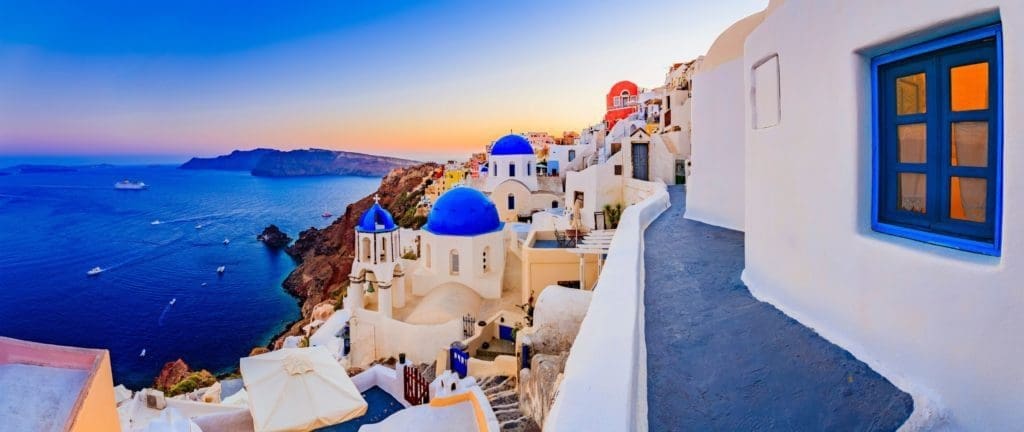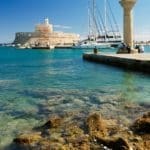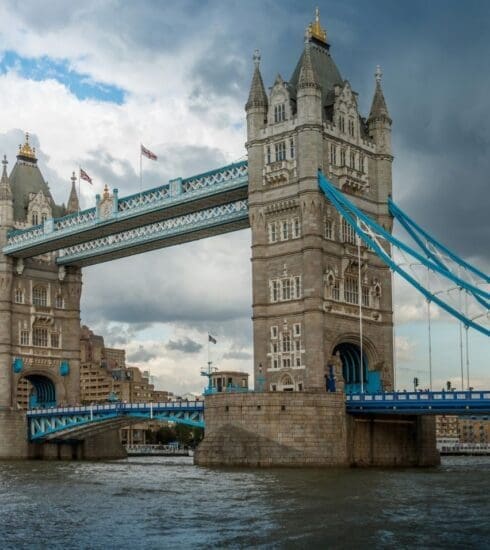Santorini, Greece

Santorini, a stunning Greek island, is renowned for its unique geography. It is actually the remnant of a volcanic caldera, formed by a massive volcanic eruption around 3,600 years ago. The eruption was so powerful that it is believed to have led to the collapse of the Minoan civilization on the nearby island of Crete. Today, the crescent-shaped island is characterized by its breathtaking cliffs, striking blue-domed churches, and captivating sunsets, making it a dream destination for travelers and photographers.
In addition to its geological wonders, Santorini is also famous for its exceptional wine production. Despite its arid climate and volcanic soil, the island has cultivated a thriving wine industry. The unique environmental conditions, including the cooling sea breezes and mineral-rich volcanic soil, contribute to the distinct flavors of Santorini’s wines. One of the most prominent grape varieties is Assyrtiko, known for its crisp acidity and mineral notes, creating wines that pair perfectly with the island’s fresh seafood and Mediterranean cuisine.
Santorini’s architecture is equally captivating. The iconic white-washed buildings with blue-domed roofs are not only aesthetically pleasing but also serve practical purposes. The white color reflects the sun’s heat, keeping the buildings cool during hot summer days, while the blue domes represent the sky and are considered symbols of protection and good luck.
The island’s rich history is evident in its ancient ruins and archaeological sites. Santorini was once home to the Minoans, Phoenicians, Romans, Byzantines, and Venetians, all of whom left their mark on the island’s cultural heritage. Among the highlights is the ancient city of Akrotiri, a remarkably preserved Minoan settlement buried under volcanic ash, which provides fascinating insights into ancient life.








